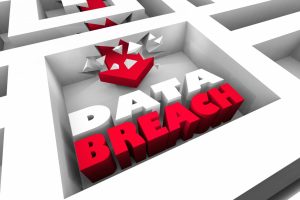To ensure enterprise data is protected correctly, it’s essential that IT professionals understand the information they are caretakers of. Classifying data is a critical element in this process, allowing you to store it safely and ensure only those who require it have appropriate permission to access it.
In the following sections, we’ll explore data classification, defining exactly what this term means and how it is being used today to categorise company data.
Defining data classification
“Data classification” is a broad term offered to define the process of organising information relevant to specific categories for the purpose of ensuring it is protected effectively and used safely. On a basic level, the designated classification of data also makes it simpler for firms to find and retrieve information whenever it is required. However, data classification is also of extreme importance for data security, compliance with data regulators and risk management.
Classifying data involves efficient tagging of information to ensure it is always easily trackable and searchable. Data classification also mitigates multiple instances of data stored due to duplication, which can not only reduce backup and storage costs but can lead to far shorter searches, making for highly efficient operations. While the data classification process may seem both complicated and technical, it is absolutely essential, and its importance should never be underestimated.
From company leaders to staff saving files, everyone at your enterprise should understand the value of data classification.
Data classification types
Data classification can often involve a wide range of labels and tags that help define the data type, including integrity and confidentiality status.
Availability must also be considered in data classification. The level of sensitivity for data is typically classified on a scale of importance levels or privacy, which then corresponds to the strength of security protocols in place to safeguard each individual classification level.
Current use of data classification
Over time, data classification has seen significant improvements. Today, technology developed for classifying data is employed for a diverse range of purposes, commonly to support dedicated data security protocols. However, data can be classified for several different reasons, such as availability of access, maintaining compliance with regulations and to answer specific personal or business aims. In many instances, correct data classification is actually a requirement demanded by regulators, as data retained must always be both searchable as well as retrievable by firms within often extremely limited timeframes. In terms of its use for information security, data classification is an exceptionally effective tactic that assists in initiating appropriate security responses based on the data type that is being retrieved, sent or even copied.
Robust data security on hand
At Galaxkey, our secure platform has been designed to always keep information that is handled, stored and sent safe. Our system offers powerful encryption, which means that whether data is contained in a document you are sending, an email communication or a stored file, it will have the same level of premium protection. Contact our team today for an online demonstration.



